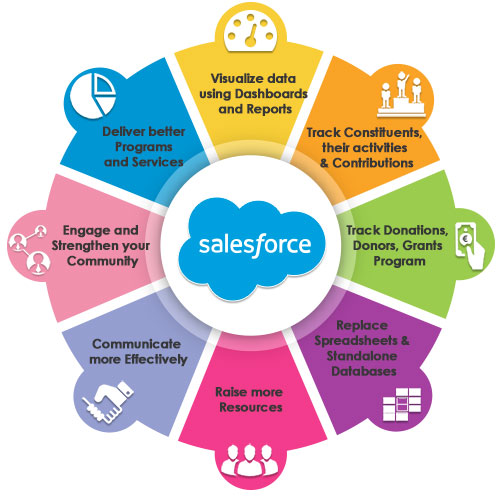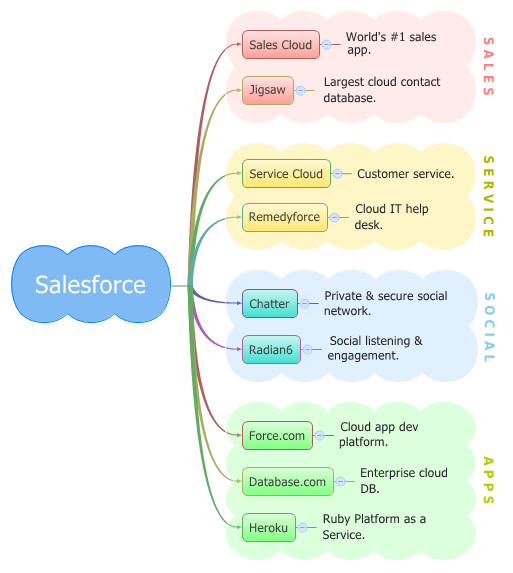
10 Traits to Look for When Hiring A Right-Hand Person for Your Business
Many of the world’s biggest companies were founded not by one entrepreneur, but by two or more partners who shared the same vision: Warner Brothers, Hewlett Packard, McDonald’s, Apple, Google, Ben & Jerry just to name a few. Of course, all of them had to overcome rough patches along the way, these examples show that two heads are better than one and that a business can accomplish great things if it’s ran by partners who complete each other.
If you’re an entrepreneur with a big dream, you shouldn’t feel at a disadvantage because you didn’t happen to meet your business partner in childhood and you didn’t go to college together. In many ways, hiring a right hand to help you run things in your organization is better, because you can look for traits that indicate they are the best possible match:
Experienced
It’s not impossible to succeed in the business world without prior experience, but the few success stories we can give as an example are actually quite scarce. In most cases, lack of experience leads to costly mistakes and you might not get a second chance to apply what you’ve learned from them. An experienced business partner can help you avoid them by providing valuable know-how, advising you on fiscal matters and providing market insight.
Supportive

Business partners should have each other’s backs. The right hand you are looking for has to believe in your talent and support you along the way because this is the key to achieving success. According to psychologist Sherrie Campbell, a partnership based on support increases trust boosts motivation and helps you stay positive in spite of setbacks.
Patient
In business, success rarely comes easy. It might take years of trial and error until you manage to develop that brilliant product or until you find your first customers. The person you choose as your right hand has to be patient and stand by your side for as long as you need. There is nothing wrong with wanting to work quickly, but this shouldn’t come at the cost of compromised production or rash decisions.
Dedicated
No matter how many qualifications a person has, they won’t help you if they don’t believe in your goal and aren’t dedicated to seeing it become a reality. Look for commitment in your business partners and you won’t regret it.
Visionary
The world’s greatest inventions were created by people who were visionaries and had the courage to think outside the box. Find yourself a business partner who isn’t afraid to think upside down and challenge the status quo.
Hard-worker

Success often comes at the cost of countless sleepless nights, never-ending brainstorming sessions and hours of pitching over the phone. Your partner has to be willing to do all this and work harder than every other employee when the situation calls for it.
Communicative
The way you communicate with your business partner is essential. Not only do you have to be open to each other’s ideas, but also accept positive and constructive feedback. Without communication, you won’t know what’s wrong and you will not make the most out of your collaboration.
Kind
In the business world, the power of kindness is underrated. Contrary to how popular media pictures executives, you don’t have to be ruthless and cynical to succeed. A partner who cares about the needs of employees as much as for the needs of the business is really valuable, so score that during the interviews as well.
Proactive
Proactivity is the trait of people who anticipate change before it happens and know how to react to it. Proactive people are those who have initiative, adapt in challenging situations and have a results-oriented attitude. Instead of having a passive mindset, where they wait for things to happen and then sit back as idle observers, proactive people try to anticipate and prevent problems and when they occur, they actively try to solve them.
Integrity
And last, but definitely not least, your right hand should act with integrity in all business matters. Associating yourself with someone who acts by unorthodox practices and is willing to cut corners for the sake of profit is very dangerous and could put your business at risk.
No matter what you are looking for in a right-hand person for your business, remember that the two of you should be compatible. Finding the Steve Wozniak to your Steve Jobs might take a while, but you should never rush your decision and you should only go with someone you can trust. Whether you are choosing an SEO agency or hiring an employee, integrity is paramount.
About the author
Brandon Stapper is the Chief Executive Officer of Nonstop Signs & Graphics. a Los Angeles Signage Company. At 20 years old, with no formal education and only a few hundred dollars, Stapper turned a $400 custom decal machine in a garage into a printing powerhouse. Nonstop Signs & Graphics has made the Forbes Fastest Growing Companies Award 4 years in a row and services 10,000 clients yearly.





 An MVP is neither the beta app version nor they are actionable app mock-ups. MVP apps are not also minimum featured apps unless it carries the principal app idea throughout.
An MVP is neither the beta app version nor they are actionable app mock-ups. MVP apps are not also minimum featured apps unless it carries the principal app idea throughout. Some key features of an MVP e-commerce app include the following.
Some key features of an MVP e-commerce app include the following.























